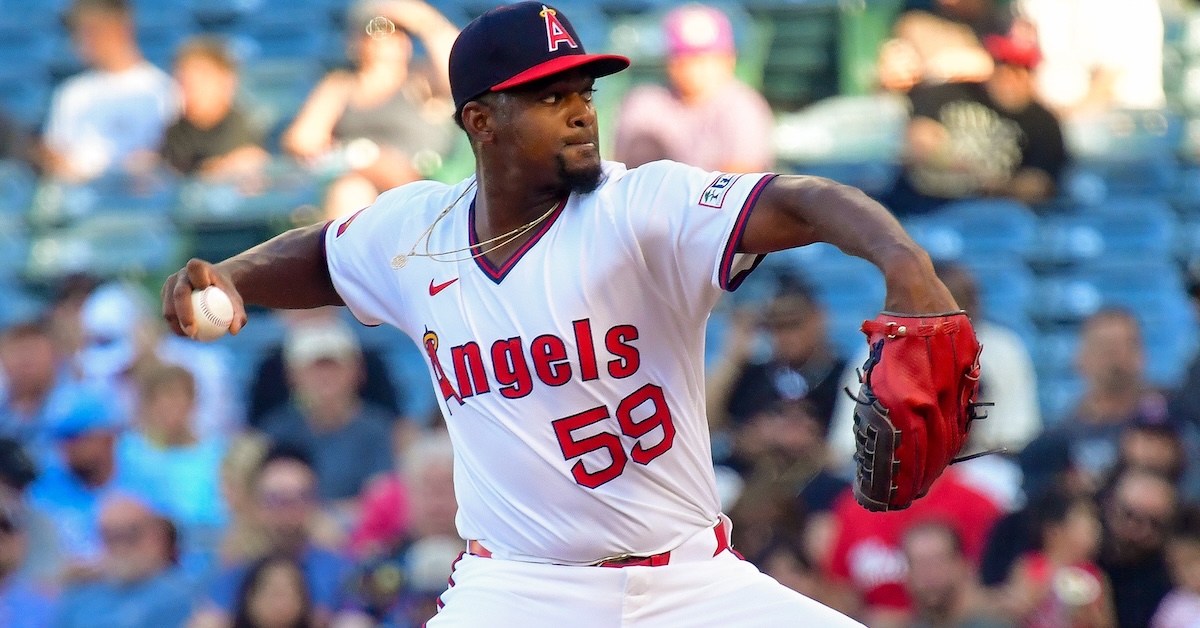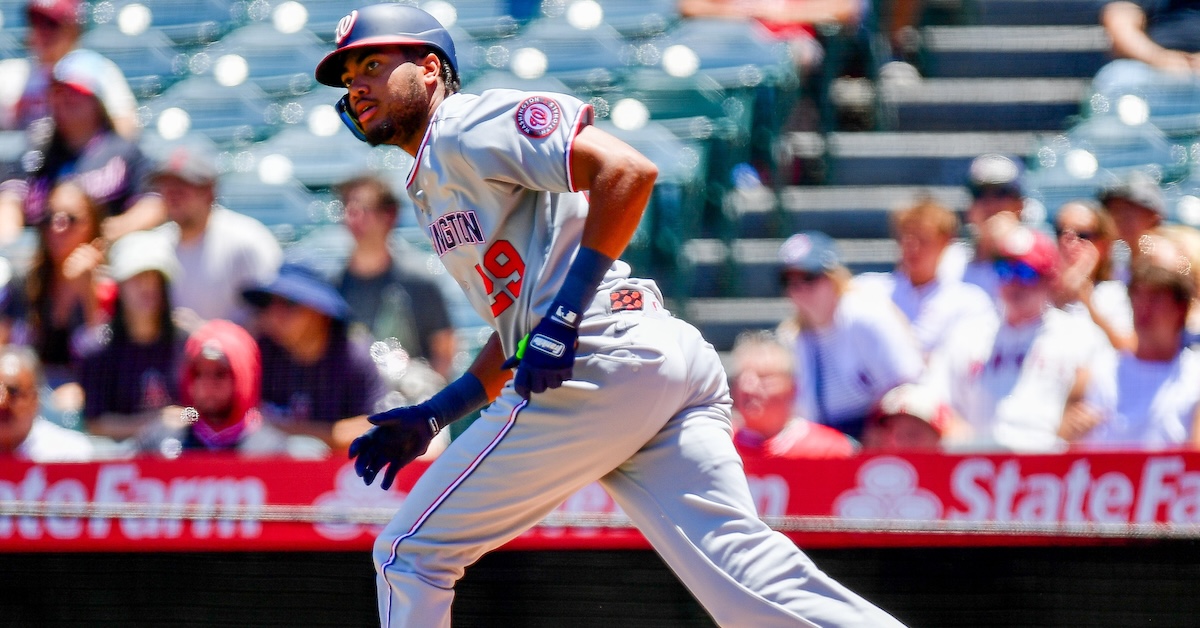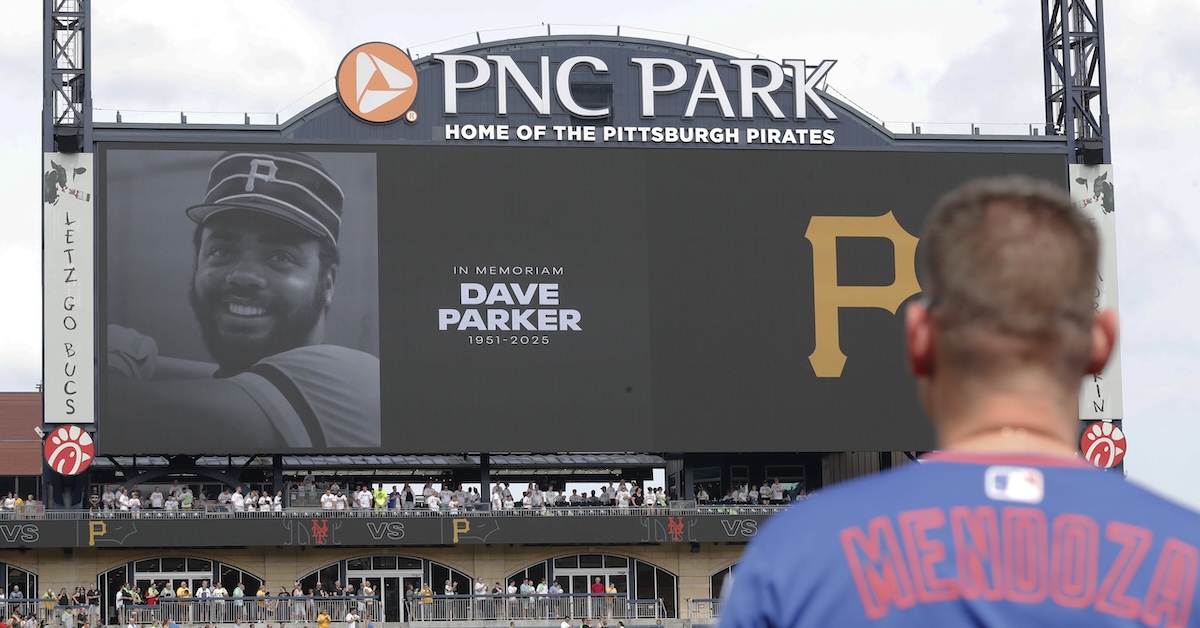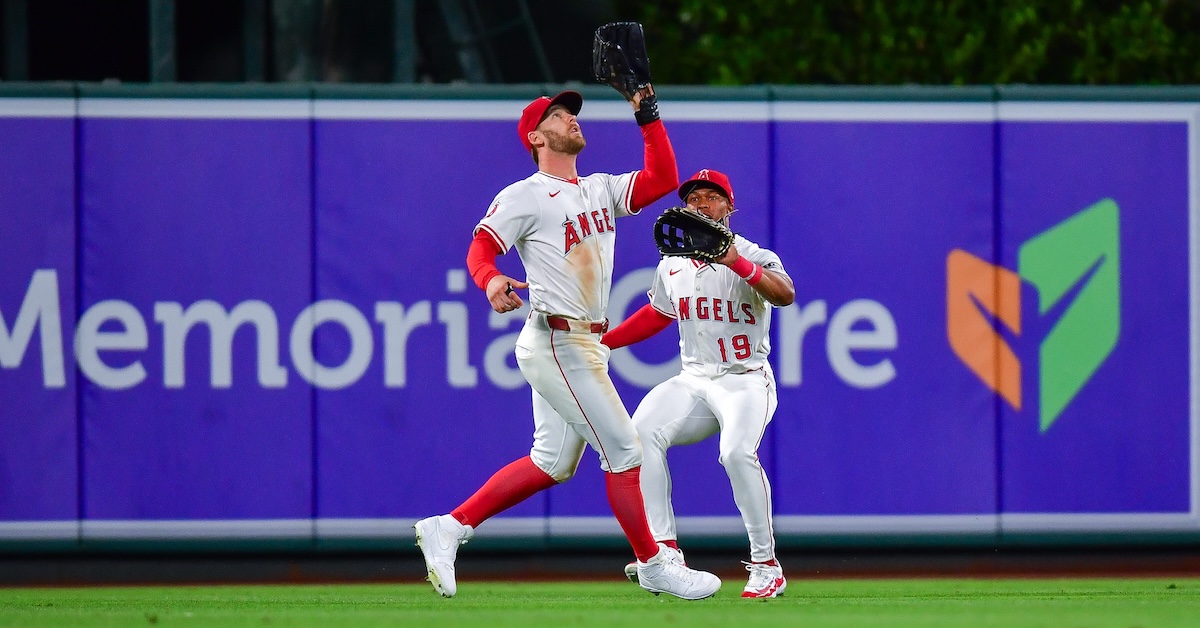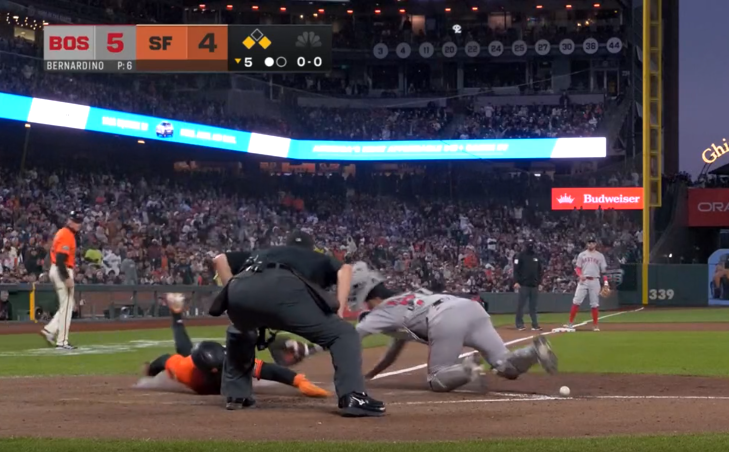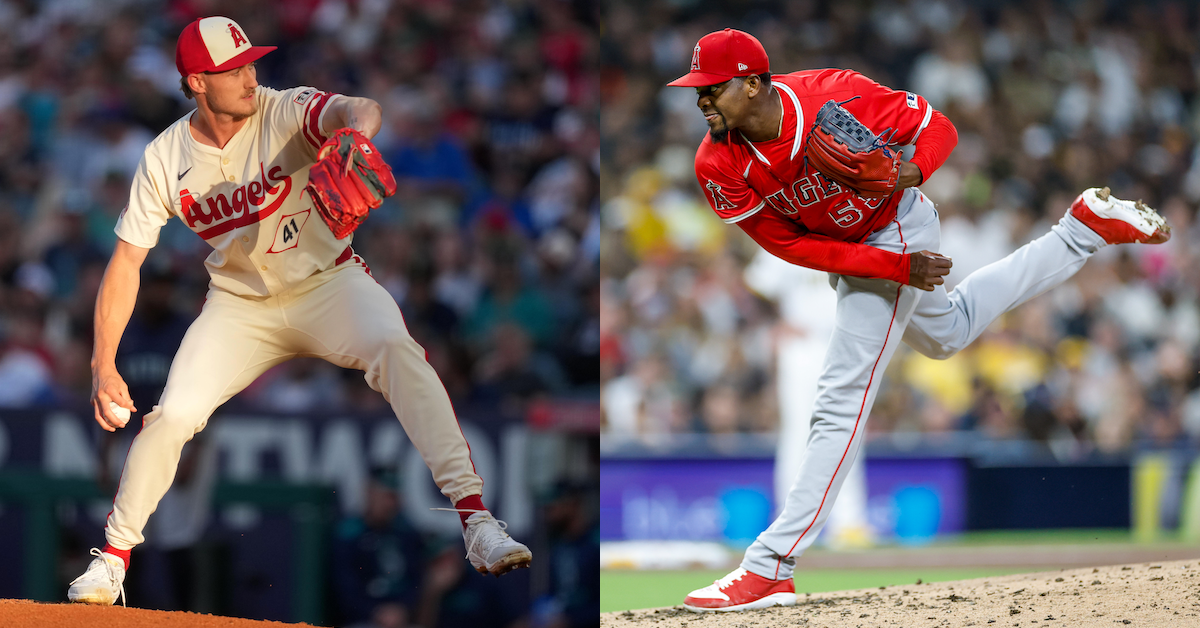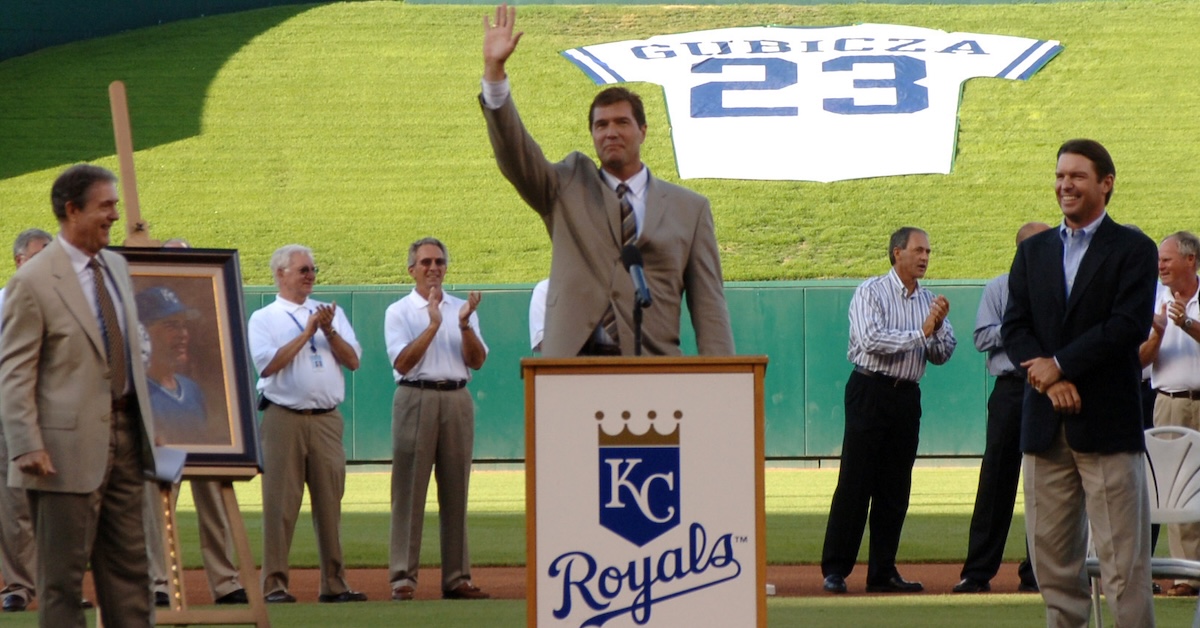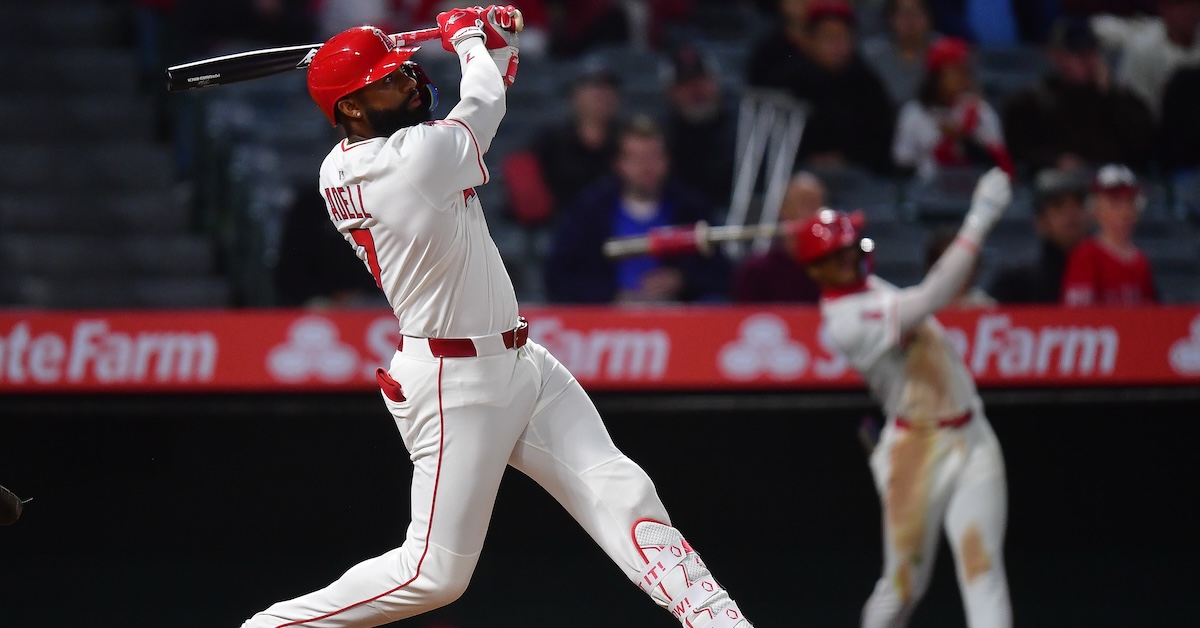Acting Like Contenders, Angels Send Prospects to Nationals for Two Well-Traveled Relievers
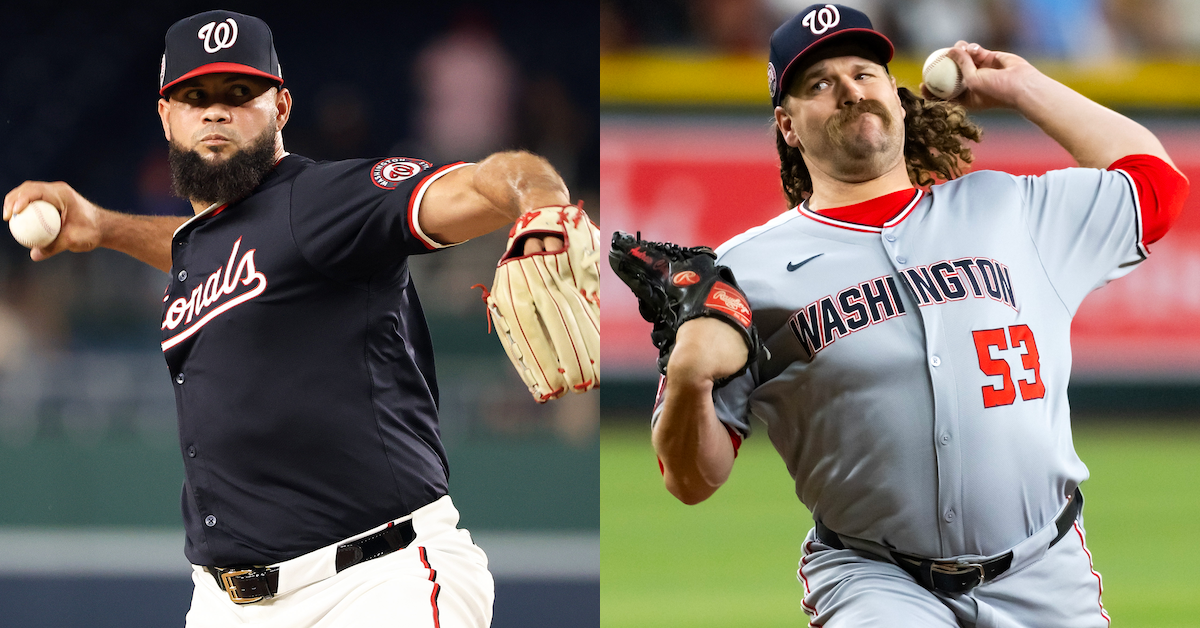
Winners of three straight games to lift their record to 53-55, the Angels are suddenly acting like contenders. On Wednesday, a day before this year’s trade deadline, the team bolstered its bullpen — which has been one of the majors’ worst this season — by acquiring relievers Andrew Chafin and Luis García from the Nationals in exchange for reliever Jake Eder and first base prospect Sam Brown.
This is the third stop of the season for the well-traveled García, a 38-year-old righty who has pitched for eight different teams — and the third time he’s joined the Angels. Not only did he spend the 2019 season in Anaheim, but he also re-signed with them as a free agent in December 2023 and spent the first four months of ’24 with them. In fact, the Angels traded him to the Red Sox in exchange for four prospects exactly one year ago.
García’s odyssey has since continued. He signed with the Dodgers in mid-February and made 28 appearances totaling 27 1/3 innings before being designated for assignment on June 29 and released on July 4. He missed about a month from late May to late June with a right adductor strain, then returned for two appearances before getting DFA’d. That last outing was abysmal; he allowed three runs in one-third of an inning against the Royals on June 28, capping a stretch in which he gave up nine runs and 19 hits in his final 10 2/3 innings with the Dodgers and ballooning his ERA to 5.27. Four days after being released, he signed with the Nationals. Since then, he’s gone on a roll, allowing just one run and five hits in 10 innings. Despite the contrast in ERAs, García’s 3.57 FIP with the Dodgers and 3.59 FIP with the Nationals suggest he’s basically the same pitcher, a worm-killing machine (54.6% groundball rate overall) who doesn’t miss many bats (19.5% strikeout rate) but keeps the ball in the park (0.48 homers per nine). Read the rest of this entry »

